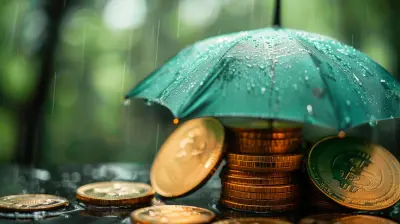The Cultural Impacts of Economic Disparities on Social Well-Being
25 October 2025
Let’s face it—money matters. Not just in your bank account, but in how society functions and how we relate to one another. When economic gaps get too wide, they create more than just financial discomfort. They start stirring up some deep cultural and social consequences that many people don’t even notice until the effects hit close to home.
In this article, we’re diving deep into how economic disparities affect our collective social well-being. We’ll break it down into what’s happening, why it matters, and what it means for everyday life. Buckle up, because we’re about to peel back the layers of a problem that influences everything from community relationships to cultural identity.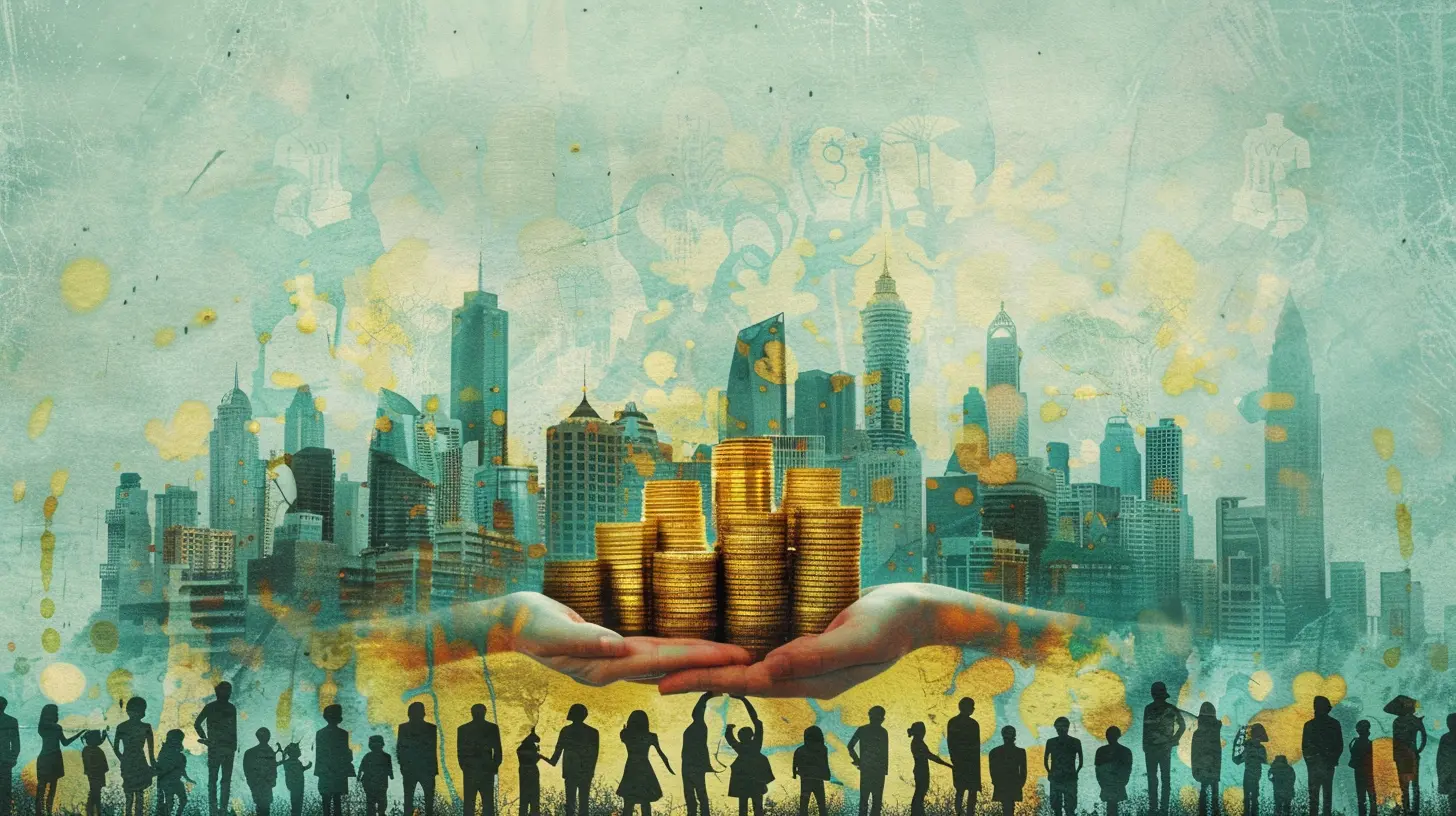
What Are Economic Disparities, Really?
Economic disparities refer to the difference in wealth and income between individuals or groups in society. Think of it like this: If society were a potluck dinner, economic disparity is when some folks show up with a feast while others can only bring an empty plate. That imbalance sets the tone for everything that follows—who gets to eat, who feels left out, and who gets to set the rules for the whole meal.This isn’t just about rich vs. poor. It’s about access—access to education, healthcare, job opportunities, and even basic dignity. When certain groups are systemically excluded from wealth-building opportunities, it creates a ripple effect that touches every corner of life.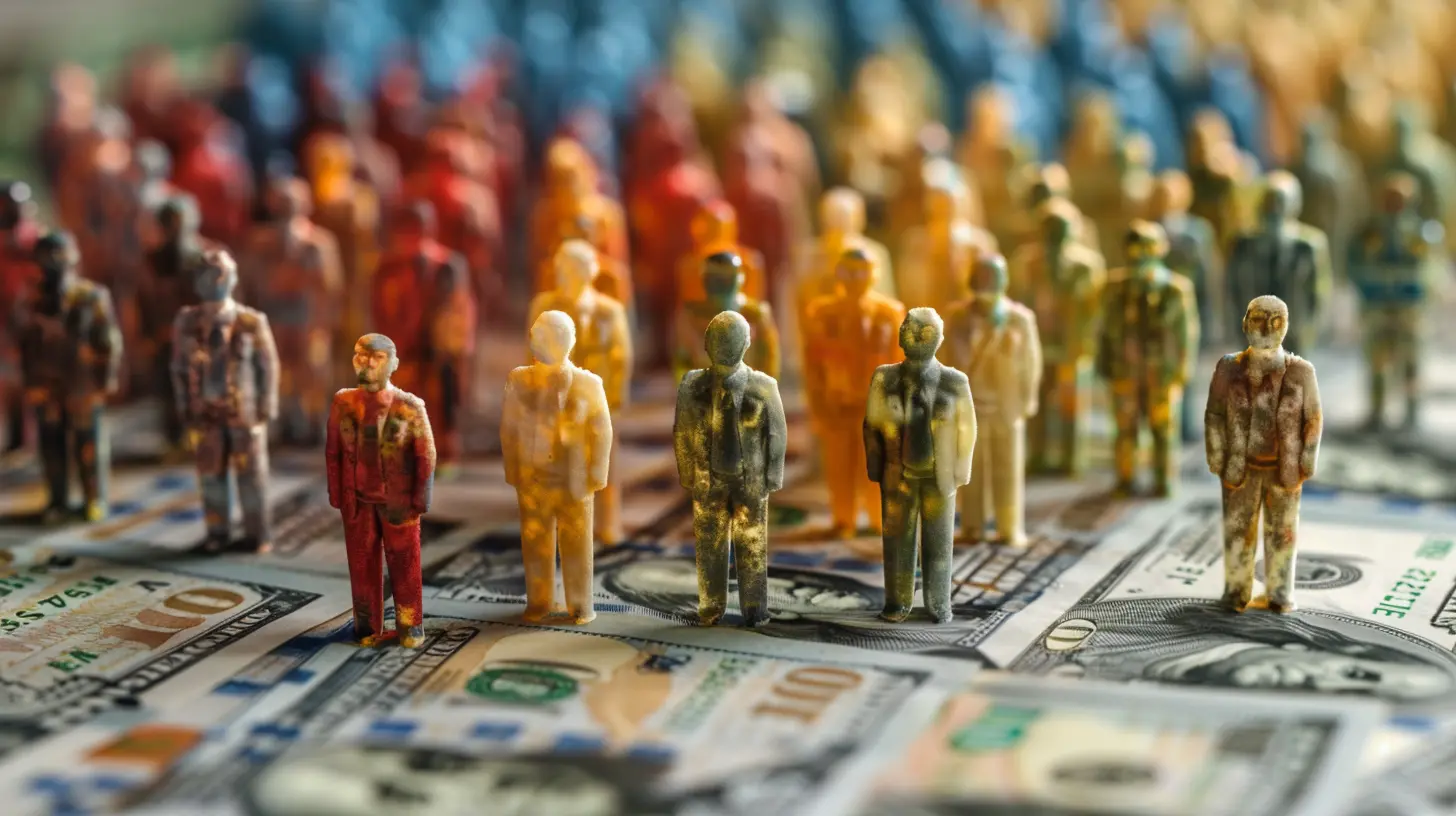
How Culture and Economy Intertwine
Here’s the deal: culture and economy go hand-in-hand, like peanut butter and jelly. You can’t really separate them. Our economy influences what we value, how we interact, and even how we dream. And when economic disparities grow, they mess with the cultural glue that holds us together.Economic gaps don’t just create financial limitations; they create cultural barriers too. When you grow up in different financial realities, you tend to develop different worldviews. That’s not necessarily a bad thing, but it becomes a problem when those differences are ignored or ridiculed instead of respected.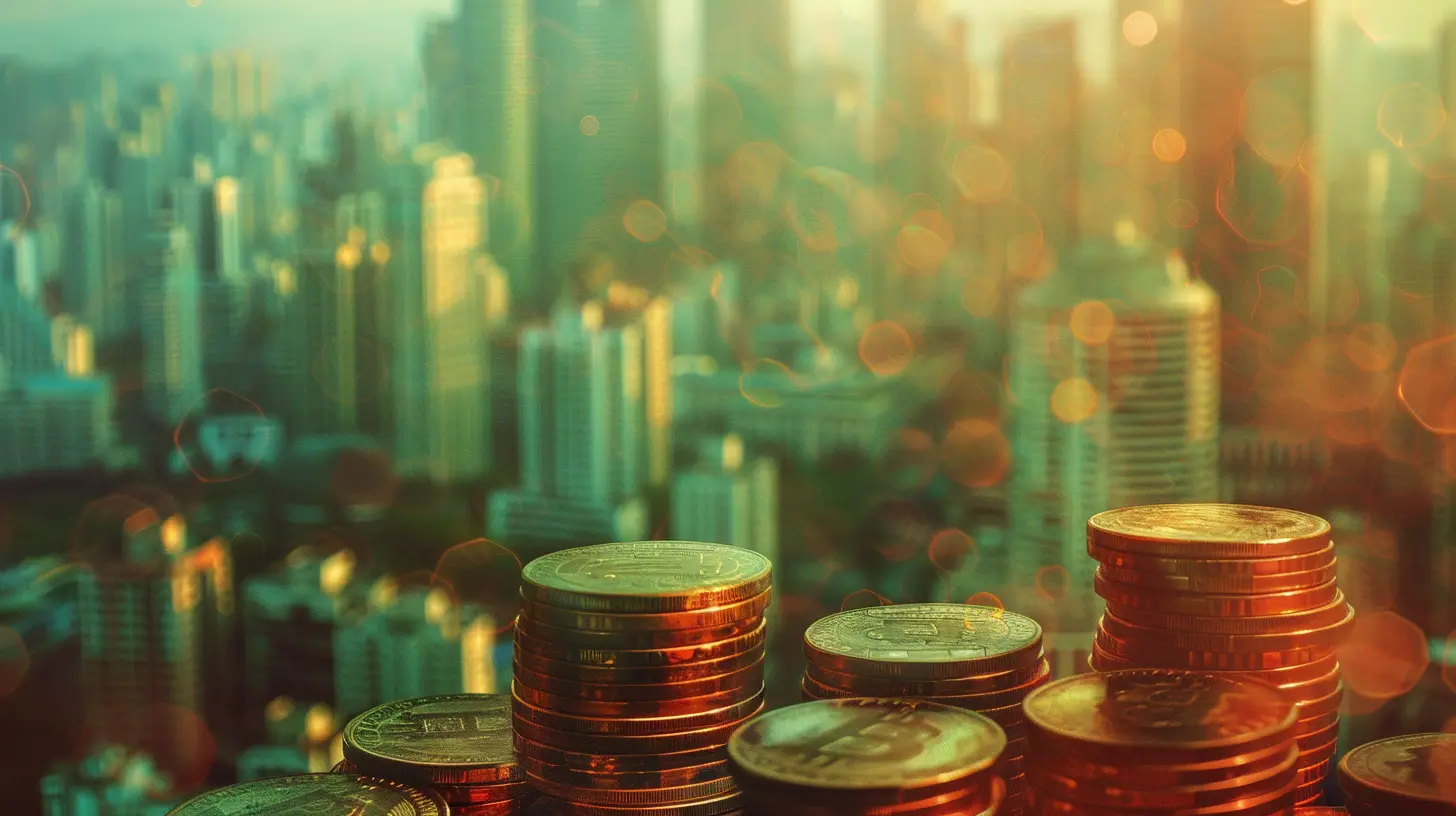
The Social Divide: Us vs. Them Mentality
One of the first cultural signs of economic disparity is the “us vs. them” mindset. Let’s be real—we’re tribal creatures. When people experience vastly different realities, empathy starts to wear thin. The rich may see the poor as lazy. The poor may see the rich as greedy. This mindset doesn't help anyone, and it drives a deeper wedge between communities.It’s like cutting a community in half—not just geographically but emotionally and socially. And the longer this divide exists, the more both sides retreat into their own echo chambers. You stop talking to each other. Eventually, you stop understanding each other.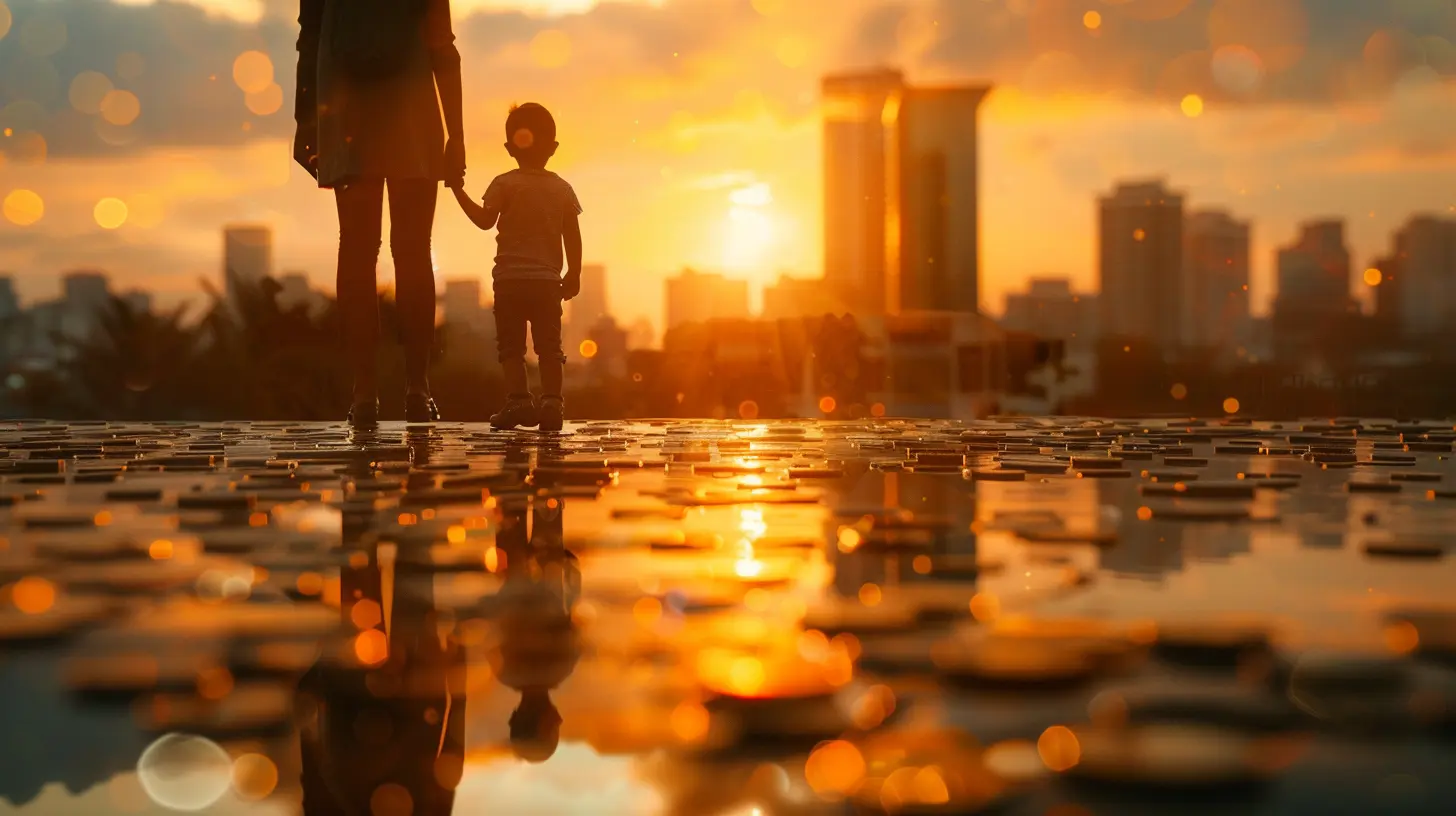
Economic Disparities and Cultural Identity
Have you ever noticed how economic status often defines how people are perceived? There's a reason why media often portrays wealth as the ultimate goal. This kind of messaging influences cultural identity in subtle but powerful ways.When entire communities are locked out of economic progress, they also feel excluded from the mainstream culture. They might cling to their subcultures more tightly or feel pressure to assimilate in ways that erode their authentic identity. Culture becomes something curated, not lived.
On the flip side, wealthier communities typically have the resources to preserve and even amplify their cultural identities. They fund the museums, the film festivals, the art shows. And that means their stories get told more often, while marginalized stories get put on the back burner—or forgotten altogether.
Trust and Institutions: The Breakdown Begins
Let’s talk about trust. It’s the currency of social institutions—schools, governments, police, healthcare systems. When people believe these institutions are fair and functional, they engage. They participate. They invest their energy and hope.But when economic disparities grow, trust erodes. People in lower-income communities often feel the system is rigged against them—and many times, they’re not wrong. Wealthier individuals may have better access to legal help, quality healthcare, and even political influence. Meanwhile, others are left feeling powerless.
And guess what? When trust in institutions dies, so does social cohesion. People disengage from voting, community organizing, and even simple civic duties. That’s when social well-being starts to truly unravel.
The Emotional and Psychological Fallout
Economic stress doesn’t just hurt the wallet. It messes with your head. Think about how financial insecurity can trigger anxiety, depression, and even aggression. These emotional impacts don't stay in a vacuum—they spill into homes, schools, and workplaces.Children growing up in economically disadvantaged environments often carry the emotional weight into adulthood. Their world is shaped by scarcity, which affects how they view opportunity, ambition, and even self-worth. Entire generations can end up emotionally stunted by something as "invisible" as economic inequality.
Guess who else is impacted? The wealthy. No, they’re not crying over unpaid bills, but studies have shown that extreme wealth can lead to social isolation and reduced empathy. When money becomes a wall instead of a bridge, everyone suffers.
Breaking Down Community Bonds
Strong communities thrive on mutual support, shared goals, and collective celebrations. But when you have a wide economic gap, those community bonds start to fray. You see gated communities on one end and neglected neighborhoods on the other.People stop interacting. They stop helping each other. Instead of one community, you get fragmented clusters, with each group looking out for their own. This fragmentation reduces social well-being across the board. We’re all better when we’re connected—but economic inequality builds invisible fences between us.
Cultural Consumption: Who Gets What?
Ever think about who gets to enjoy culture—like theater, music, and art? Access to these things often depends on your wallet. Tickets to concerts, museum memberships, or even travel experiences can be luxuries reserved for the economically comfortable.But culture is supposed to be for everyone, right? It’s how we express our humanity. When access to cultural experiences becomes a class privilege, it creates a sanitized, one-sided narrative of society. We lose the richness, the diversity, the raw realness that makes human expression so powerful.
Education: The Great Cultural Divide
Education is supposed to be the great equalizer, but in a world of economic disparity, it often becomes a divider. Wealthier families can afford better schools, extracurricular activities, tutoring, and tech tools. Poorer families? They’re lucky if their school has enough textbooks.This unequal access to education fuels long-term cultural and social inequality. Different levels of education mean different ways of speaking, dressing, thinking, and interpreting the world. And just like that, the cultural gap grows even wider.
What Can Be Done?
So how do we fix this? The answer isn’t simple, but it starts with awareness. We need to recognize that economic disparities shape our culture just as much as art, language, or tradition do.Programs that provide equitable access to education, healthcare, and job training can go a long way. So can community-building initiatives that bring people from different walks of life together. Public spaces, public art, and media representation all play a role in healing the cultural divides caused by financial inequality.
At a personal level, it also means checking our biases and reaching across the divide. You’d be surprised how much can change when people actually listen to each other.
Final Thoughts
Economic disparities don’t just hurt bank accounts—they damage the invisible threads that hold culture and communities together. From emotional well-being and institutional trust to artistic expression and educational opportunities, the consequences are profound and far-reaching.We can’t afford to ignore these impacts. Bridging the economic divide isn’t just an economic need—it’s a cultural and social one too. If we truly care about social well-being, then addressing economic inequality has to be part of the conversation.
Let’s stop pretending money only matters in spreadsheets. It shapes our stories, our relationships, and our very sense of self. And unless we tackle these disparities head-on, we risk losing far more than just dollars and cents—we lose the soul of our society.
all images in this post were generated using AI tools
Category:
Income InequalityAuthor:

Zavier Larsen
Discussion
rate this article
1 comments
Patricia McLanahan
Money shapes culture; inequality fractures community ties.
October 26, 2025 at 12:22 PM

